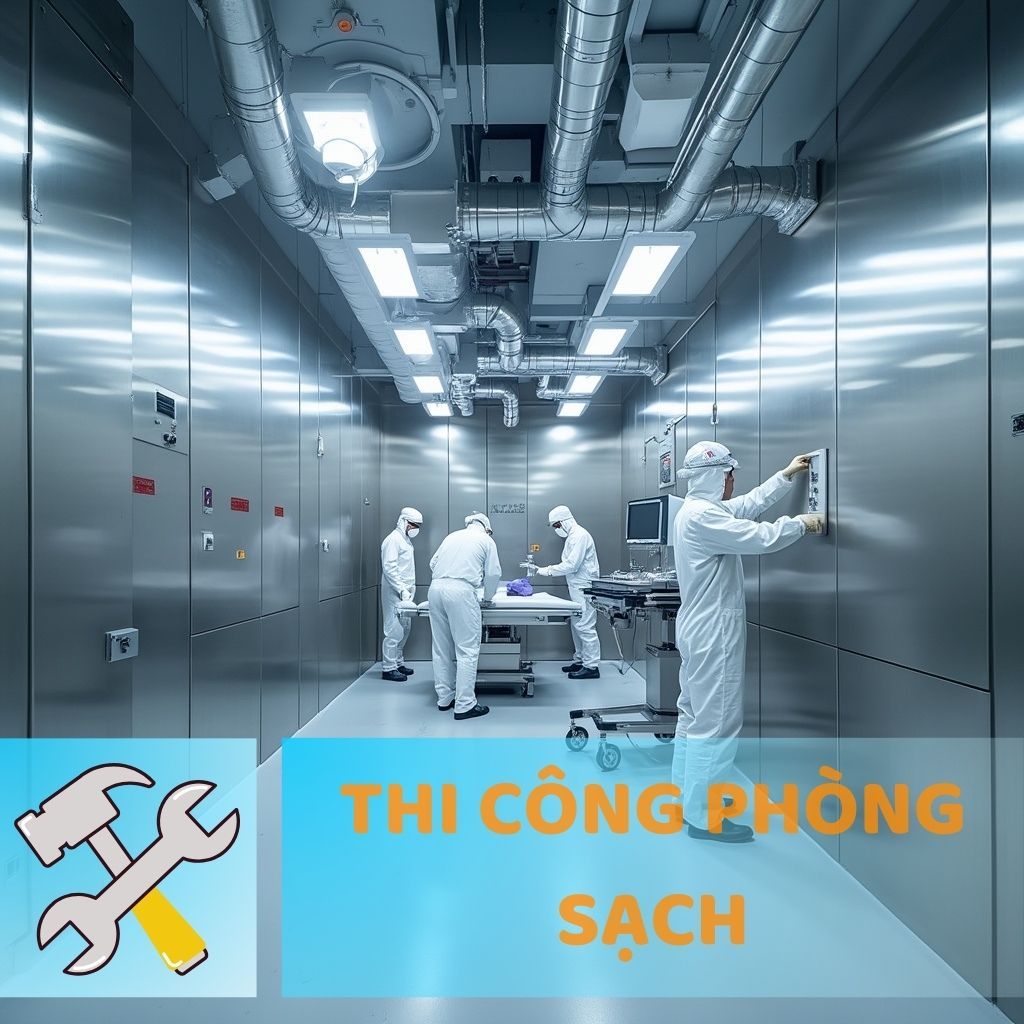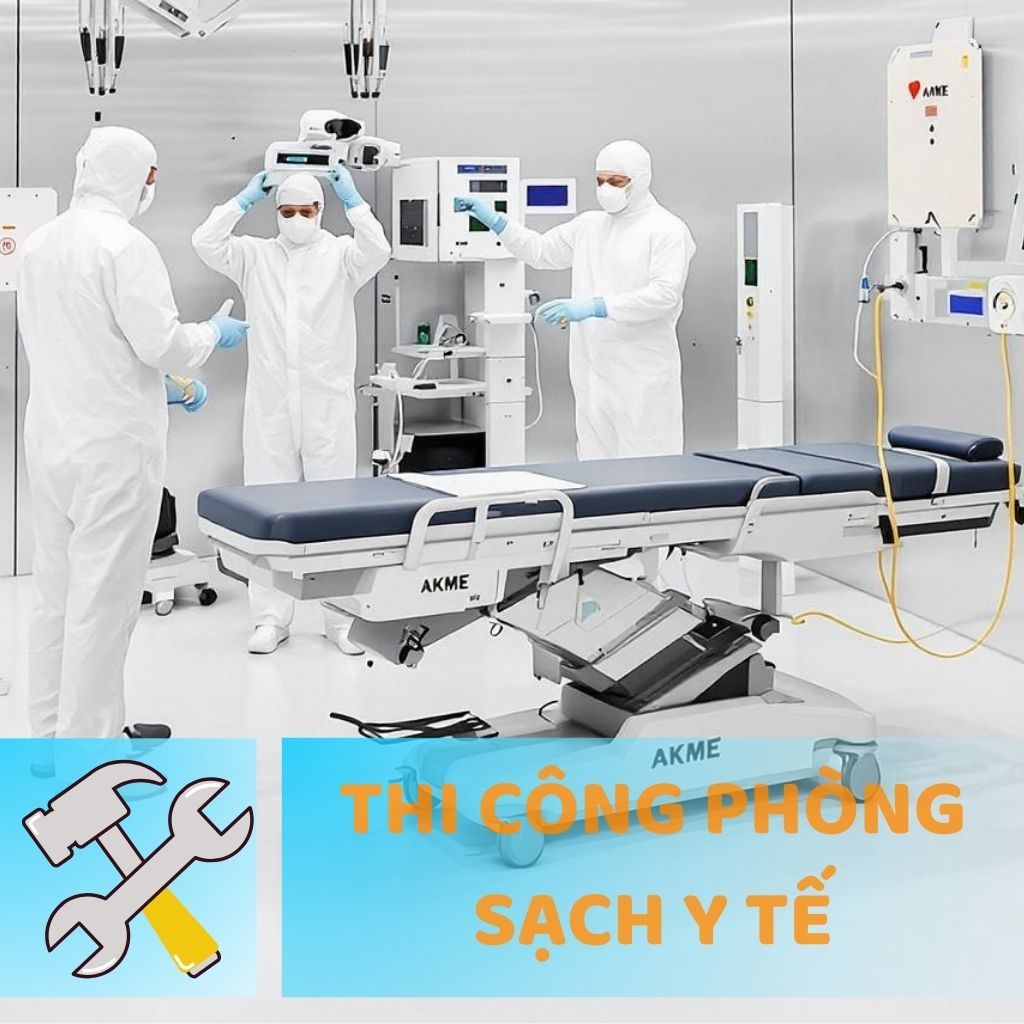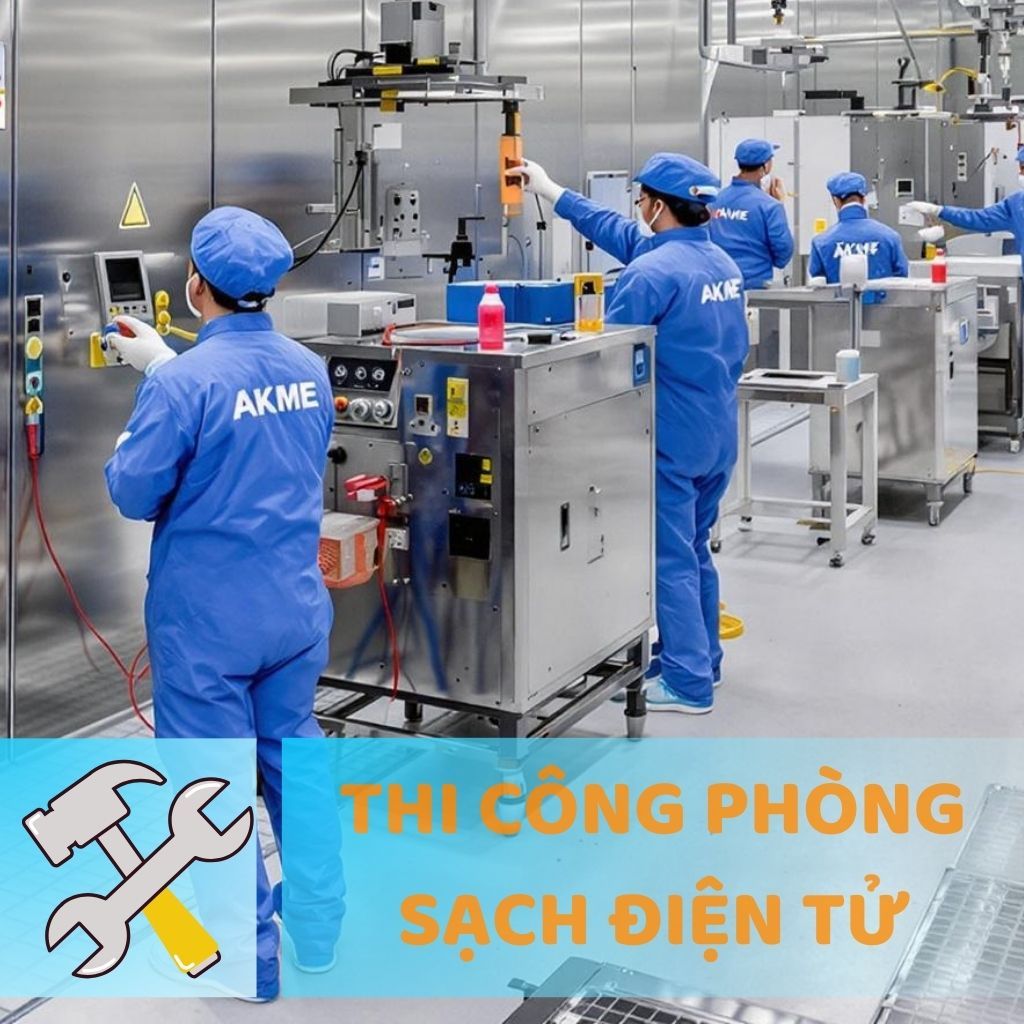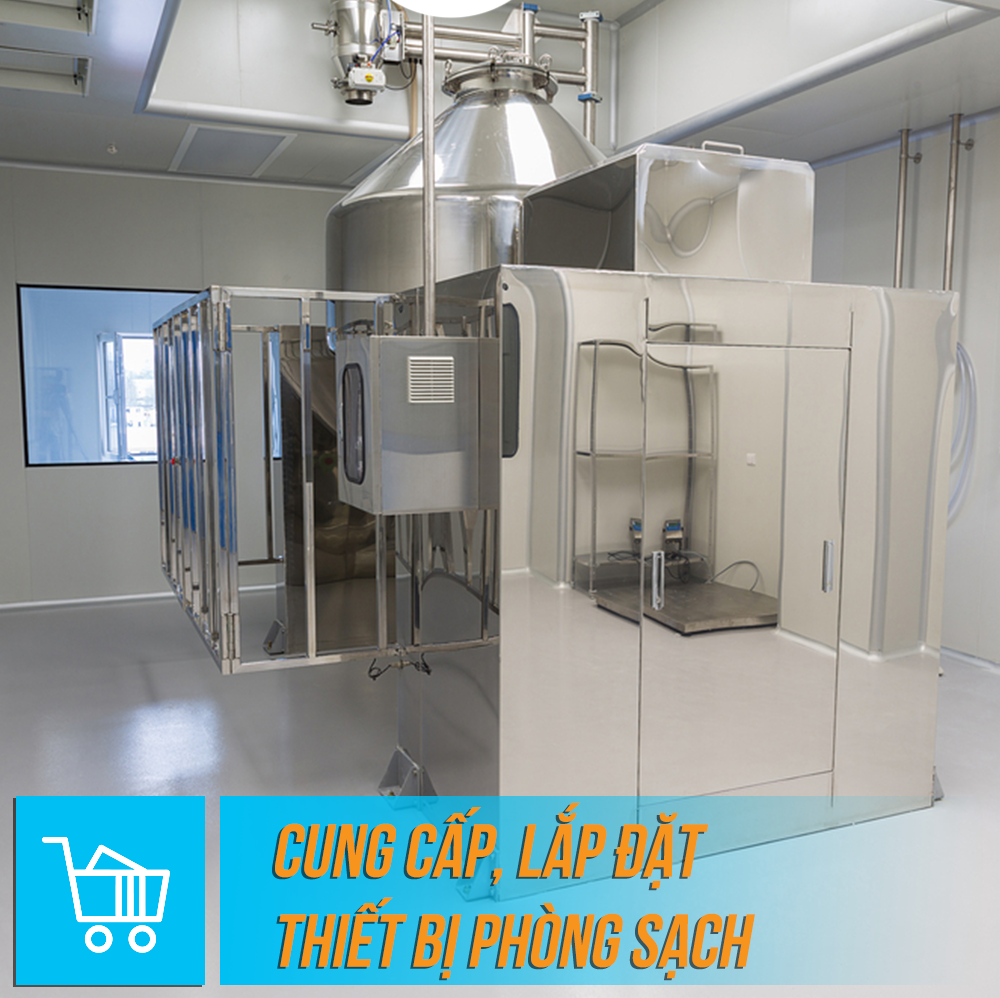Shaping the future of ATMP: tailor-made automation and cutting-edge technology for the next decade
09:52 - 27/08/2025 194
If history repeats itself, the next 10 years will see significant activity around automation of advanced therapy medicinal products (ATMPs). However, that does not mean that a one-size-fits-all solution will be available. Many core solutions tailored to specific therapies will likely emerge.
Cleanroom Light Indicators: Improve Safety & Optimize Processes
Tersicoccus phoenicis: Dormant Bacteria Challenges NASA's Sterile Process
Sustainable Packaging for Cleanrooms: Optimization & Innovation
Vietnam's Amended Pharmacy Law: Important amendments & opportunities for businesses
☰ Article Table of Contents
- 1. Shaping the Future of ATMPs: On-Demand Automation and Advanced Technologies
- 1.1. Overview of the Next 10 Years for ATMPs
- 1.2. Process Optimization and Closed Systems
- 1.3. Differences in Scale – from Research to Commercial Manufacturing
- 1.4. The “Hub & Spoke” Model – Decentralized Manufacturing, Closer to Patients
- 2. Conclusion & Shared Perspectives
Shaping the Future of ATMPs: On-Demand Automation and Advanced Technologies
1. Overview of the Next 10 Years for ATMPs
In the next decade, the development of automation in the field of Advanced Therapy Medicinal Products (ATMPs) will be robust. However, there is no one-size-fits-all approach for all therapy lines. Instead, we will see the emergence of adaptive solutions, custom-designed for each type of therapy.

2. Process Optimization and Closed Systems
One of the main focuses is improving production speed through process intensification strategies. However, there are natural limits to the rate of biological growth – this drives the emergence of sophisticated automation to balance efficiency and quality.
In terms of biosafety, because ATMPs are infused directly into the bloodstream, protecting the drug from contamination becomes critically important. Humans – even when thoroughly trained and wearing personal protective equipment (PPE) in biological safety cabinets (BSCs) – remain the highest source of contamination risk. Skin shedding and microorganisms in breath are all potential hazards in a clean environment.
Therefore, the trend is strongly shifting towards the use of "fully closed systems" and robotics, where human involvement is minimal or non-existent. It is expected that in the near future, regulatory agencies will prioritize regulations requiring ATMP manufacturers to switch to such systems.
3. Differences in Scale – from Research to Commercial Manufacturing
Each type of ATMP therapy requires distinct operations, with different scales and cycles. For example, viral vector-based gene therapies or allogeneic cell therapies are typically produced on a larger scale than autologous cell therapies.
The process often starts with small-scale cultivation in lab flasks, then gradually expands to stainless steel bioreactor systems with volumes ranging from tens to hundreds of liters.
Equipment suppliers are expanding their solutions from benchtop scale to large-scale production, creating a scale-up or scale-out chain.
Particularly for autologous therapies, the current trend is to use scale-out functionally closed systems. This method helps minimize risks associated with scaling by simply replicating the equipment. At the same time, it also makes manufacturers susceptible to being locked into a single supplier's ecosystem for equipment and consumables.
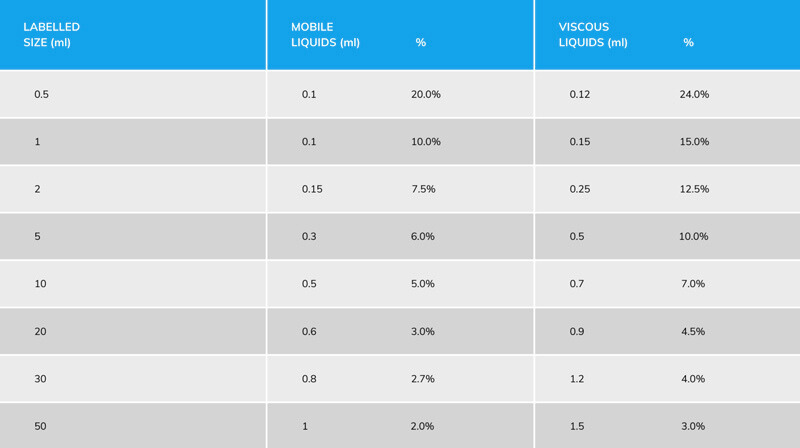
4. The “Hub & Spoke” Model – Decentralized Manufacturing, Closer to Patients
Since the therapy originates from the patient – often from a tissue or blood sample – the demand for specialized equipment in hospitals or care facilities is increasing. In the future, it may be entirely possible to perform the entire manufacturing process right at the hospital.
However, implementing such a process currently remains difficult due to high demands on personnel qualifications and complex systems.
Shared Perspectives from Anh Khang
ATMPs are undergoing a transformation with specialized automation and high-level technology. Innovations like closed systems, robotic automation, flexible scaling, and decentralized manufacturing models will help shorten the time to get therapies to patients while enhancing safety and efficacy. The next direction will be a shift from large manufacturing centers to a hub & spoke model, opening up strong potential for ATMP production right at the hospital. If you are interested in real-world examples or the technologies on this journey, I am happy to share more!
 | ANH KHANG CLEANROOM MECHANICAL AND ELECTRICAL JOINT STOCK COMPANY Hotline: 1900 636 814 - 0902 051 222 Email: info@akme.com.vn Website: akme.com.vn Add: Lot B7 - Xuan Phuong Garden - Phuong Canh - Nam Tu Liem - Hanoi. |
12:05 - 28/11/2019 47180
Cleanroom Design and Construction
14:05 - 11/03/2025 19380
GMP and ISO Standard Cleanroom Construction
14:18 - 11/03/2025 11861
ISO Standard Medical Cleanroom Construction
14:13 - 28/02/2025 22732
Electronics Cleanroom Construction
16:15 - 18/03/2021 4304
Warranty Service
16:26 - 28/11/2019 16927
Supply and installation of cleanroom equipment
14:50 - 26/11/2019 5741
Technology Production Line Consulting
16:35 - 19/03/2025 18013




